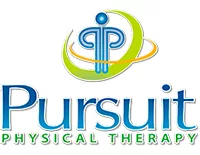Heel Pain Treatment
- No painful injections
- No unnecessary surgery
- No expensive medications
Heel Pain Treatment
- No painful injections
- No unnecessary surgery
- No expensive medications
Pain Medications
NSAIDS, corticosteroids, and pain killers may be helpful for relieving heel pain. These medications may reduce inflammation, which takes pressure away from the afflicted area in addition to temporarily relieving pain. These medications are often coupled with another form of treatment, such as physical therapy, application of heat or cold, and rest.Cortisone Shot
In some cases where the cause of heel pain is determined to be plantar fasciitis, heel bursitis, or heel bumps, a doctor may recommend a cortisone shot. A cortisone shot may be helpful in quickly reducing inflammation, but the shot is painful and can have dangerous side effects. Many patients that suffer from heel pain opt to find cortisone shot alternatives.Heel Pain Therapy
Physical therapy can be extremely helpful to those suffering from heel pain. While doctors often recommend that patients stay away from activities such as distance walking or running while suffering from heel pain, mild exercises and stretches may help to speed recovery and prevent further injury. Physical therapy should only be done under the supervision of trained physical therapists. Physical therapists may show patients exercises which will stretch the plantar fascia and Achilles tendon. Patients may also be shown exercises and taping techniques that will provide more support for the lower legs and help prevent future injuries. Get the exclusive and proven Pursuit Physical Therapy Heel Pain and Plantar Fasciitis treatment program that no one else offers!Don’t settle for average care! Here is how our system works!
 1. Evaluation with accurate diagnosis and with prognosis
2. 4 Step Recovery Treatment Plan
3. Personalized 1 hour treatment sessions with One-on-One Patient Care with Board Certified Specialist
4. Individualized Home Recovery Program
5. No surgery! No Injections!
6. Shoe wear assessment
7. Solve the root cause to get pain free in fewer visits.
8. Getting you back to the pain free active lifestyle you deserve
1. Evaluation with accurate diagnosis and with prognosis
2. 4 Step Recovery Treatment Plan
3. Personalized 1 hour treatment sessions with One-on-One Patient Care with Board Certified Specialist
4. Individualized Home Recovery Program
5. No surgery! No Injections!
6. Shoe wear assessment
7. Solve the root cause to get pain free in fewer visits.
8. Getting you back to the pain free active lifestyle you deserve
Shoes & Support
Shoes and supports may help to stabilize the foot and correct posture so that the foot is no longer enduring the same trauma or strain that caused the injury. Wearing splints at night or during periods of inactivity may help to stretch the plantar fascia and Achilles tendon, which are normally lengthened during these times. Braces, bandages, and straps may also be used to provide additional support or to stretch or lengthen certain parts of the foot in order to reduce pressure or speed healing.Lifestyle Changes
In some cases, lifestyle changes may be advised in order to treat the root cause of heel pain. If a patient’s heel pain stems from being overweight, losing weight may help to correct the pain and prevent further injuries. If a patient is employed at a job that results in overstrain or overuse injuries, the patient may be advised to find a job that does not hold such a high risk for heel pain injuries and conditions. If a patient’s heel pain stems from a condition such as type II diabetes that is being poorly managed, the patient may need to make lifestyle changes in order to better control the condition. Sources: “Heel Pain.” Medline Plus. U.S. National Library of Medicine, 26 Feb 2014. Web. 16 Mar 2014. <http://www.nlm.nih.gov/medlineplus/ency/article/003181.htm>. Tatli, Yusef, and Sameer Kapasi. “The Real Risks of Steroid Injection for Plantar Fasciitis, with a Review of Conservative Therapies.” PMC. 2(1).March (2009): 3-9. Web. 16 Mar. 2014. <http://www.ncbi.nlm.nih.gov/pmc/articles/PMC2684947/>. “There are 7 possible causes of heel pain.” Healthline. Healthline Networks, n.d. Web. 16 Mar 2014. <http://www.healthline.com/symptom/heel-pain>.To Get A "Insider's Look" At Our Treatment Approach And How We Get Results...
Click Below To Watch Our Exclusive Webinar! It's Simple, Short, and It's Free!

- Learn The Essential First Step... So You Can Get Pain Free Again
- See Why Treatment Needs To Be Individualized, Not Standardized...So You Get Faster Results!
- Learn How You Can Save Money...So You Don't Have To Waste $1000's On Unnecessary Treatments
Solve the root cause of your pain
How Our Treatment is Different
We believe that working with a specific specialist for your care is the best way to solve the root cause of your pain. Work one-on-one with a Doctor of Physical Therapy every time your visit our office.
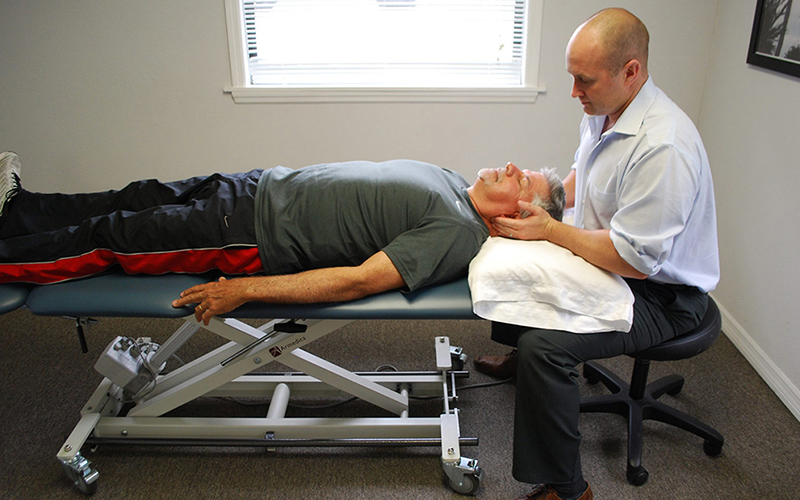
Exclusive one-on-one patient care
While most clinics will give you a limited amount of time with your Doctor, we believe that true results come from consistent one-on-one therapy.
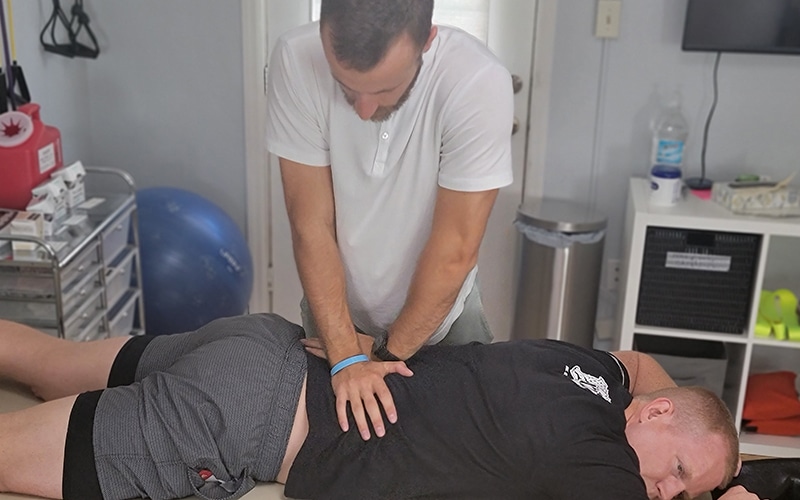
Work with your specialist every visit
Stop being handed off to trainees or non-Doctors for your Physical Therapy. At Pursuit, you'll work exclusively with your Doctor of Physical Therapy that specializes in your specific needs.
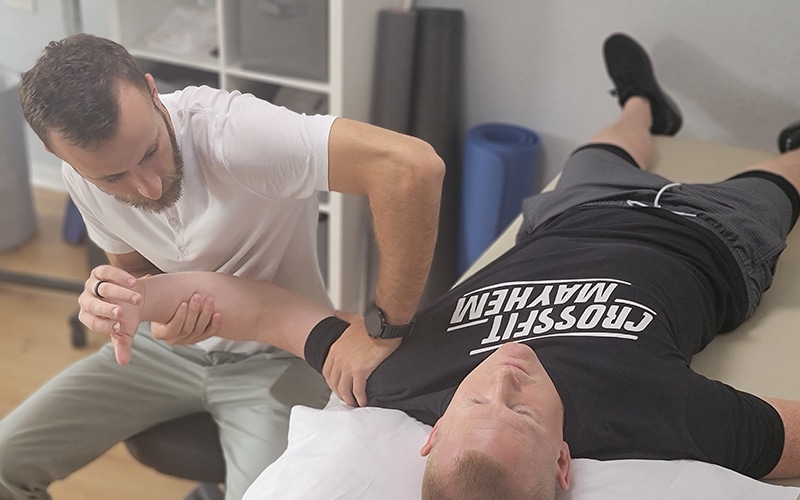
24/7 messaging access to your specialist
Ever have an issue or questions? We're here to help. Get 24/7 access to your specialist while you're under our care. Physical Therapy doesn't just happen when you're in our clinic, so we're here for you when you need us.
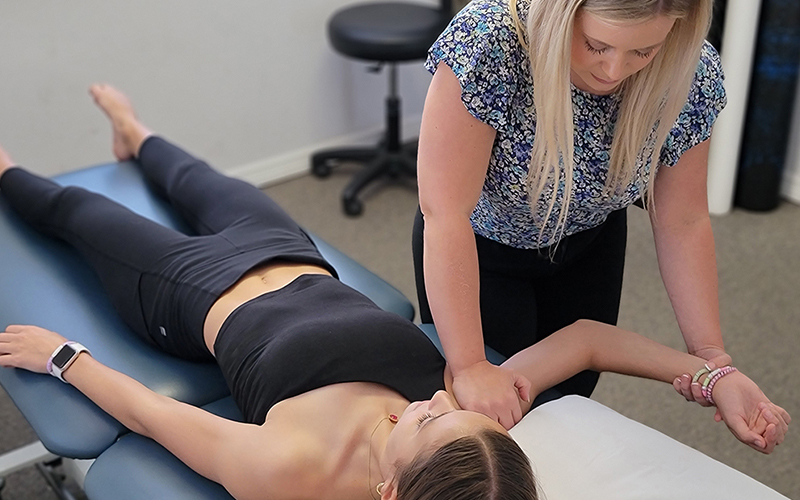
No waiting periods
Get off that waiting list and get the treatment you need. We're always ready to accept new patients, so you can get better faster and get back to a pain-free life that you deserve.
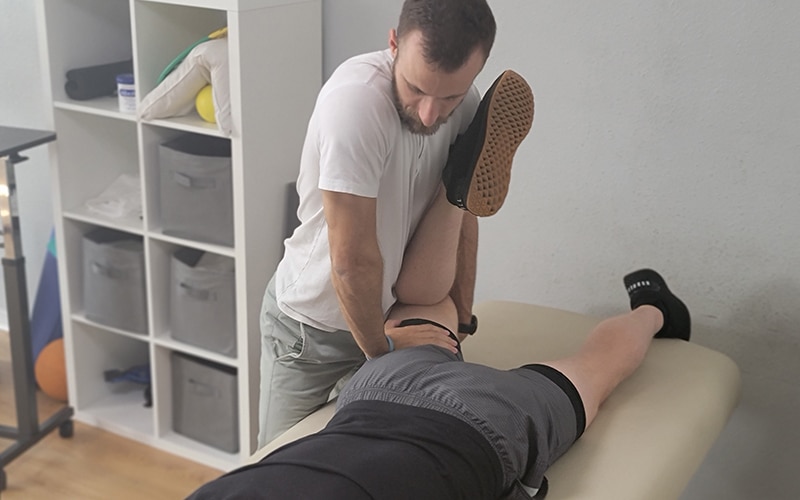
Not limited by insurance
Don't let the insurance companies tell you how much treatment you need. Avoid the limitations of short sessions that insurance provides and work with our Doctors when you need it and for as long as you need it.
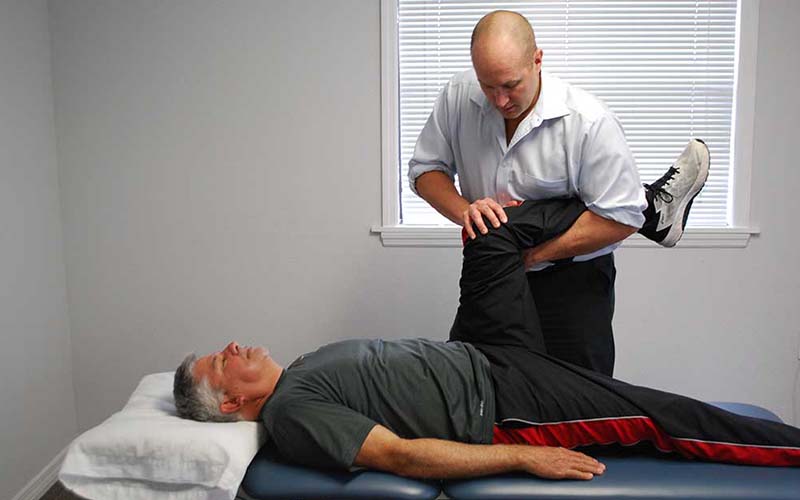
No painful injections, no expensive medications, no surgery
In order to truly solve your pain, we use a holistic approach to Physical Therapy, not relying on injections, medications, or surgery. Instead, we'll strengthen your body's weak points that are causing your pain.
MEET THE TEAM

RON MILLER, DPT, OCS, Cert DN
Doctor of Physical Therapy | Board Certified Orthopaedic Physical Therapy Clinical Specialist | Post-Doctoral Orthopaedic Residency Trained | Certified in Dry Needling | Titleist Performance Institute Certified
Dr. Ron Miller is the owner and founder of Pursuit Physical Therapy. His core belief is that it is not about the physician, the physical therapist, or the insurance company: it is about what is truly best for the patient. Dr. Miller started...

CAREY ROTHSCHILD, DPT, OCS, SCS, CSCS, CKTP
Doctor of Physical Therapy and Assistant Professor at the University of Central Florida | Board Certified Orthopaedic Clinical Specialist
| Board Certified Sport Clinical Specialist
Dr. Carey Rothschild is an Assistant Clinical Professor in the Doctor of Physical Therapy Program at the University of Central Florida. Dr. Rothschild earned a Bachelor of Health Science in Physical Therapy in 1999 from the University of Florida and a Doctor of Physical Therapy from Boston University in 2005...


MICHAEL FABRICK, DPT, Cert. DN
Doctor of Physical Therapy | Certified in Dry Needling | Pursuit Sports Performance Specialist | Professional Tennis Tour Physical Therapist
Dr. Michael Fabrick was born and raised in Hanover, Pennsylvania and attended Slippery Rock University where he received his Bachelor’s degree in Exercise Science. He then went on to receive his Doctorate Degree in Physical Therapy in May of 2020. During his final tenure as a Doctoral intern, he trained underneath Todd Ellenbecker, who is one of the world’s leading experts on shoulder rehabilitation and is the Vice President of Medical Services for the ATP World Tour...

MARYANN DANIELS, PT, MCMT, IDN
Physical Therapist | Dry Needling Certified | Mastery Certified In Manual Therapy | Pelvic Floor And Post Partum Specialist
Maryann was originally born in Connecticut but moved to Florida with her family at the age of 9 and she grew up in Jupiter, Florida. She then went to college at the University of Central Florida...


Kayla Cook, DPT, HSP, CSCS
Doctor of Physical Therapy | Hesch Sacroiliac Practitioner | Certified Strength And Conditioning Specialist | Ehlers-Danlos Syndrome Specialist | Volleyball Specialist
Dr. Kayla Cook was born and raised in Northern California and received her undergraduate degree in Kinesiology from California State University in Sacramento. She then received her Doctorate in Physical Therapy from The University of St Augustine for Health Sciences...
To Get A "Insider's Look" At Our Treatment Approach And How We Get Results...
Click Below To Watch Our Exclusive Webinar! It's Simple, Short, And It's Free!

- Learn The Essential First Step...So You Can Get Pain Free Again
- See Why Treatment Needs To Be Individualized, Not Standardized...So You Get Faster Results
- Learn How You Can Save Money...So You Don't Have To Waste $1000's On Unnecessary Treatments
BECOMING PAINFREE IS EASIER THAN YOU THINK

Step 1:
Call our expert team.

Step 2:
We’ll work with you to find and treat the root of your pain.

Step 3:
Get back to doing what you love.
